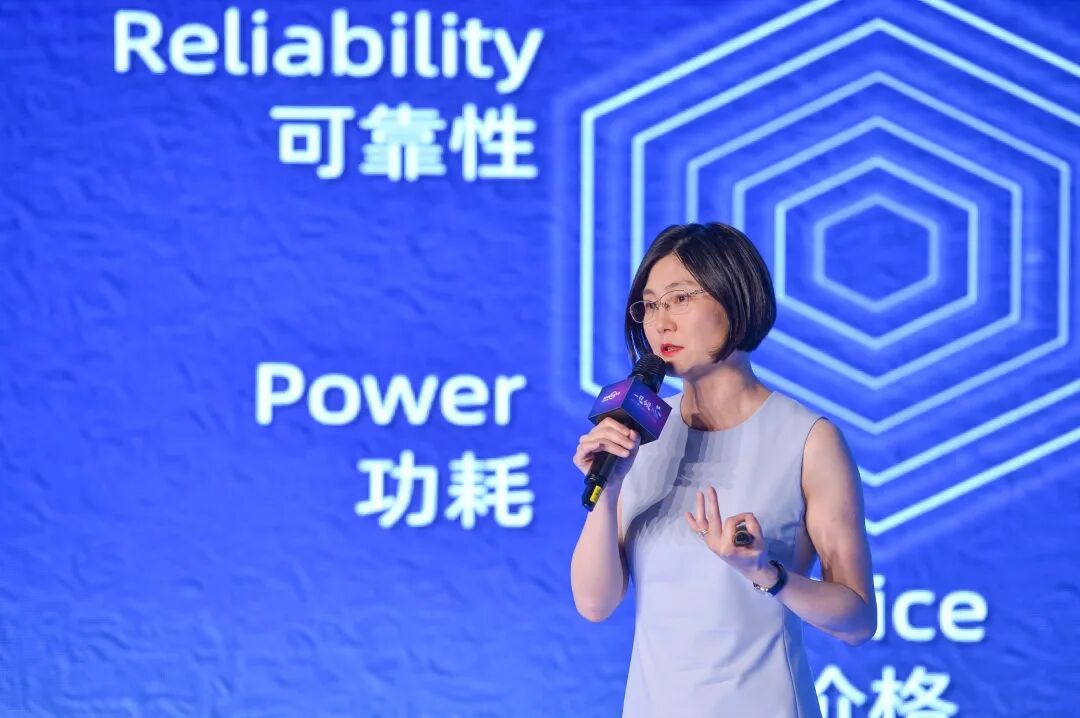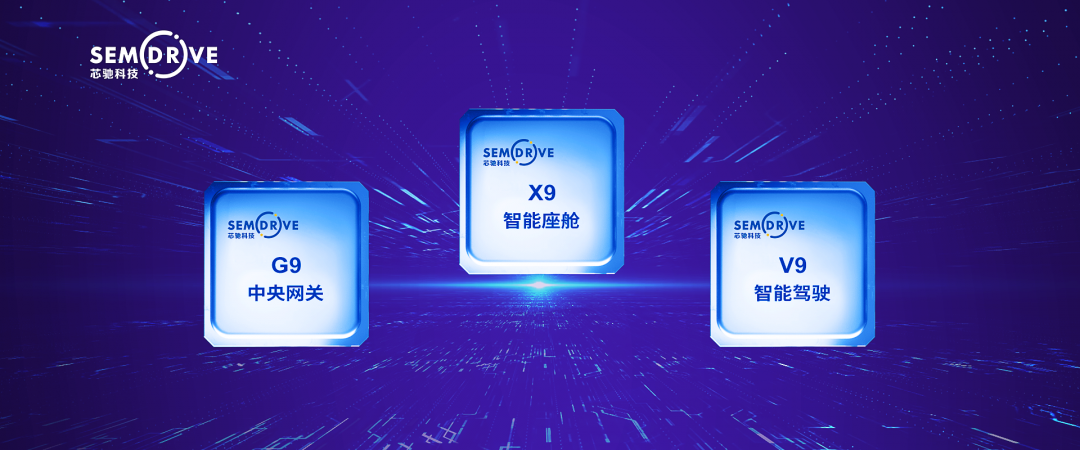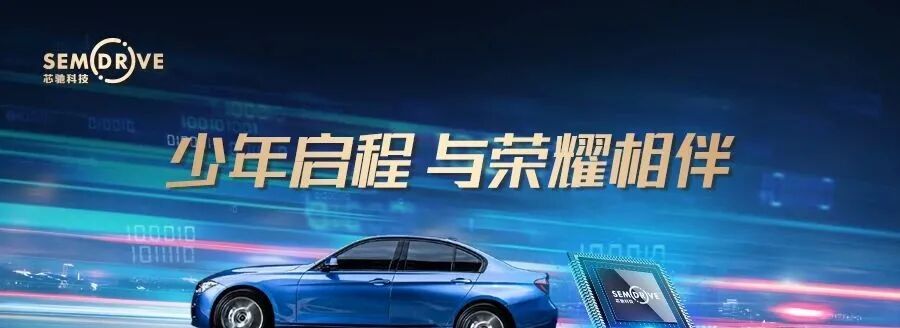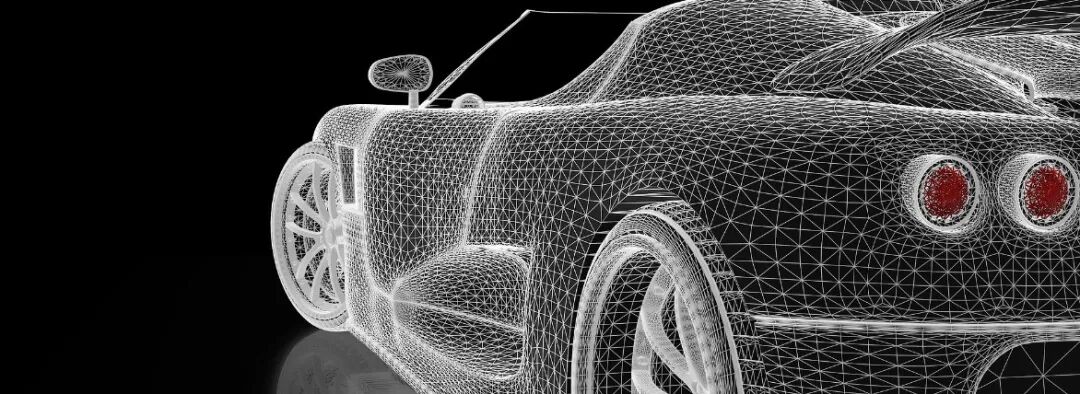This article is reprinted from Jiemicro Network
Looking back at the past year, Qiu Yujing, CEO of Nanjing Xinch Semiconductor Technology Co., Ltd. (hereinafter referred to as “Xinch Semiconductor”), described it as “almost a continuous process of upgrading and overcoming challenges.”
2020 opened in an unusual manner, catching many industries off guard. However, despite the difficult environment, Xinch’s 2020 was not without exciting moments. “The most thrilling thing was bringing our chips back from TSMC’s factory in Taiwan at the beginning of the year,” Qiu Yujing recalled to Jiemicro Network, still unable to hide her excitement.

Qiu Yujing, CEO of Xinch Semiconductor
Founded in 2018, Xinch Semiconductor has been running at full speed for the past two years and has now officially released three vehicle-mounted chip products: X9, V9, and G9, which will be applied in smart cockpits, autonomous driving, and central gateways, respectively. Qiu Yujing revealed that mass production models equipped with the company’s chips are expected to be launched in the first half of 2021.
Recently, Xinch’s vehicle-mounted chips have just obtained AEC-Q100 certification, which is recognized as an extremely stringent global automotive-grade chip certification. “Many chip companies may take several years to obtain AEC-Q100 certification, while Xinch Semiconductor passed all project tests quickly in one go,” Qiu Yujing said.
But this is just the beginning; the journey towards intelligent vehicles is only just starting.
01Focusing on the ‘Three Domains’ of Future Vehicles
With the mission of “Defining the Future with Chips and Empowering Smart Mobility,” Xinch Semiconductor has focused on providing high-performance and high-reliability automotive-grade chips for future smart mobility over the past two years.
Qiu Yujing stated, “Creating chips suitable for Chinese automobiles” is the original intention of Xinch Semiconductor’s establishment. Under the trend of “software-defined vehicles,” “there are over 100 million lines of code that need to run on chips,” making chips the underlying driving force for achieving intelligent vehicles, and the importance of high-end automotive core chips is self-evident.
Jiemicro Network learned that the 9 series high-performance SoCs released by Xinch Semiconductor for smart cockpits, autonomous driving, and central gateways have technical specifications that reach international leading levels, filling the gap in China’s high-end automotive core chips.

“We focus on the three most core areas of future intelligent vehicles.” Qiu Yujing explained to Jiemicro Network. The first is the smart cockpit domain, addressing human-machine interaction, including monitoring of conditions inside and outside the vehicle, and in-car interactions; the second is the cross-domain gateway, an important node in the new vehicle electronic and electrical architecture, including the interconnection of in-car data and extensive data interaction with external channels. The third domain is autonomous driving and ADAS, making vehicle travel smarter, safer, and more efficient, transforming it into a true intelligent mobile terminal.
Qiu Yujing revealed that all three chips have now entered mass production, and mass production models equipped with Xinch chips are expected to be launched in the first half of 2021, with multiple automotive companies having reached cooperation agreements with Xinch.
02Benchmarking Against International Giants to Provide ‘Tailored Services’ for Chinese Automakers
According to data officially released by Xinch Semiconductor, the three chips in the 9 series are all manufactured using a 16nm process, and all CPUs use the ARM Cortex-A55 core. The X9 cockpit chip features a PowerVR 9th generation GPU and an independent AI engine, enabling rapid voice and gesture recognition, enhancing passenger interaction experience in the cockpit. Additionally, it can support up to 8 full HD displays and multiple operating systems.
As for the V9 autonomous driving chip, it can meet the mainstream ADAS application scenarios on the market and can expand AI computing power through PCIe, reaching up to 270 TOPS. As a domain control-level automotive chip, it supports the integration of all intelligent sensors on the platform, providing possibilities for automakers to create rich autonomous driving configurations.
The G9 central gateway connects various computing and control domains within the vehicle, supporting 20 CAN-FD channels and dual-gigabit TSN Ethernet, while also equipped with a secure CPU with a Cortex R5 core, ensuring the operational safety of the entire system. To ensure efficient data processing, the G9 also features Xinch’s unique packet processing engine design, enabling rapid data forwarding without occupying CPU resources, creating a more efficient data neural network.
From the chip parameters, Xinch Semiconductor’s three chips are already competitive with international chip giants.
In terms of specific application experience, Qiu Yujing cited the V9 autonomous driving chip as an example. When this chip is connected to external visual sensors, it can form a vehicle surround view system. Although this function has become standard in many models, many surround view functions on the market rely on the vehicle’s own operating system, leading to slow startup speeds and even lack of smoothness. The Xinch team approached this from the chip’s underlying design, leveraging the CV acceleration engine to start directly from the bottom layer, reducing the surround view startup time to 1.8 seconds. “For users, this means that after getting in the car and shifting into reverse, they can see the surround view image,” Qiu Yujing said. This seamless connection experience is what people expect.
Xinch Semiconductor’s rapid startup 360 surround view system equipped with CV Engine
Qiu Yujing explained that the current Chinese automotive market is gradually transforming from a “follower” to a “leader.” For example, in terms of smart cockpits, foreign cockpits are relatively simple, with entertainment functions usually centered around radio, even in high-end models. “When I returned to China from Silicon Valley in 2008, I found that reversing radar was basically standard in domestic cars, while most foreign cars at that time did not have it.” Qiu Yujing explained that in many places in the U.S., space is ample, and parking spaces are usually large, making this function almost unnecessary. Innovations at the application level have gradually allowed Chinese manufacturers to take the lead.
“To create a leading vehicle, first, we need the support of leading underlying chips, and then we need a leading supporting software system..” Qiu Yujing said that these new applications need to be considered during the early stages of chip development to provide a better user experience; otherwise, relying solely on software to make up for it later will be difficult to achieve real performance improvements. “We hope to be closer to the needs of the domestic market, providing ‘tailored services’ for local automakers, offering them the underlying technologies they need most.”
03Smart Experience Must Return to the ‘Essence of the Vehicle’
Before vehicles ultimately evolve into intelligent terminals, they will inevitably undergo collisions of diverse possibilities. This requires not only an understanding of traditional vehicles but also an increased foresight into user travel scenarios.
Xinch has a capable team, gathering diverse talents from traditional automotive chip fields, the internet, and consumer electronics, as well as automotive electronic and electrical architecture. While deeply understanding automotive chip development, they also have a clearer recognition of user needs. The core R&D team members have over 18 years of experience in automotive-grade chip design and development, making it one of the few teams in China capable of defining, developing technology, and achieving large-scale mass production of automotive-grade core chip products.
In the coming year, Qiu Yujing stated that the company will continue to delve into the electronic and intelligent aspects of automobiles, continuously tracking the evolution of future automotive electronic and electrical architectures, with more products to be launched. Meanwhile, the mass production of existing products will also be the most important task in the coming year. Regarding the trend of intelligent development in the automotive industry, Qiu Yujing emphasized that no matter how it develops, it must return to the essence of the vehicle—first and foremost, it is a tool for carrying people, and safety and reliability are the top priorities. Secondly, it must also meet the increasing consumer demand for entertainment, making travel more vibrant and colorful. “In the future, everyone will have to move in this direction; it just depends on who can reach it the fastest.”

Previous Recommendations
How would you rate Xinch Semiconductor in 2020?

If the future smart cockpit could speak?

Interview with Qiu Yujing from Xinch Semiconductor: Three smart automotive chips developed in two years, expected to be on the road next year.
The end